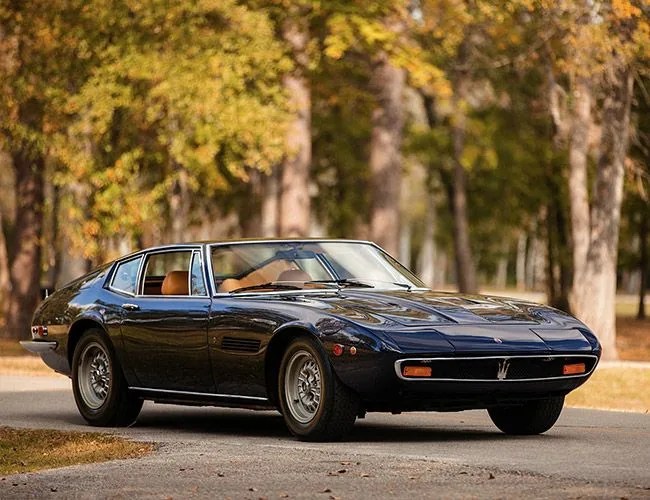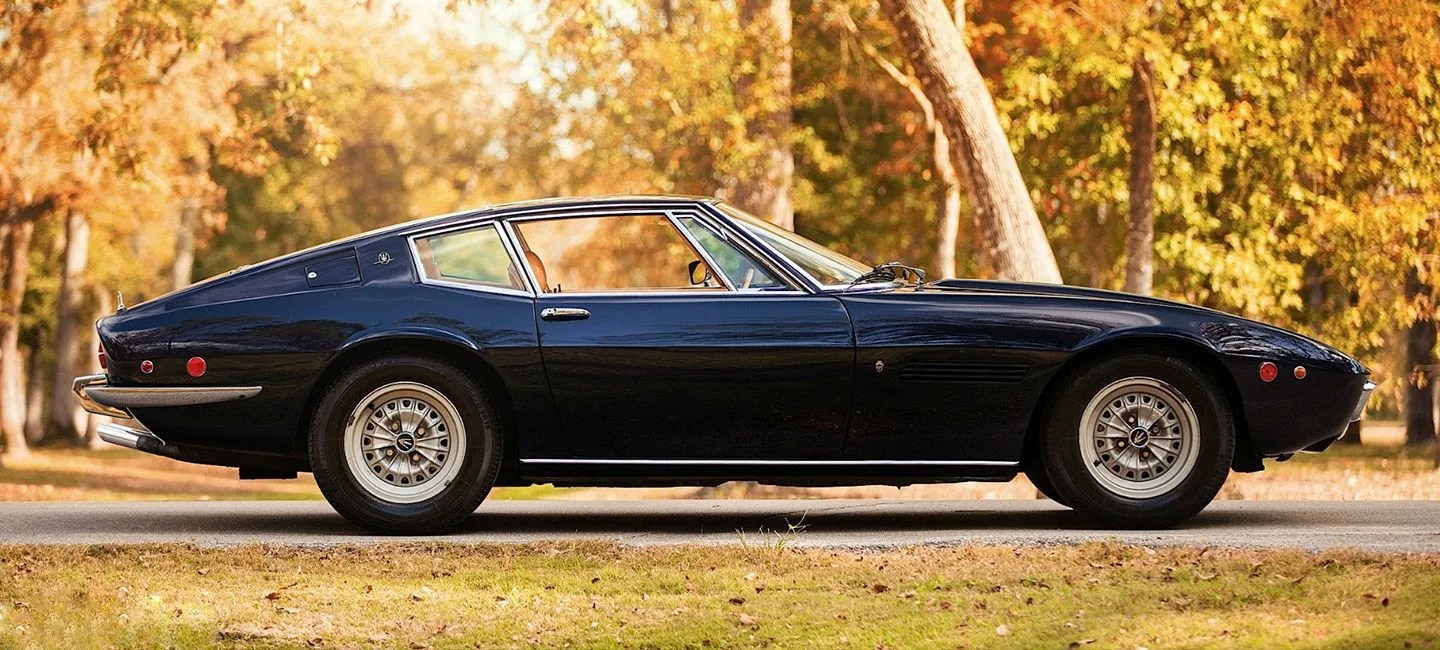The current Maserati Ghibli is an attractive luxury sedan that stands out in a field dominated by German cars. But some consider the use of the legendary Ghibli name on a sedan blasphemous. To the purists, the name is reserved for the original Lambo grand tourer, and that car blessed the earth with its presence in the late ’60s and early ’70s. The half-century split between the two cars marks not only a gaping time crevasse, but also a fundamental difference in purpose. The current Ghibli is a sporty, luxury sedan. The original car was a sophisticated style statement in the form of a two-door grand touring car, devoid of all practicality and designed only to stoke the flame of automotive desire.
MORE ICONIC DESIGNS: 10 Best Auto Designs | The Future of Toyota Design | Best of Detroit 2015
What It’s All About
When the Ghibli prototype was first unveiled to the motoring public, it took as its namesake a hot North African windstorm that strikes fear into all who cross its path. Consumers and automotive critics alike lavished it with praise. The stunning two-seater, penned by Giorgetto Giugiaro (who at the time worked for Carrozzeria Ghia in Turin), took a mere three months to design, and the car bowed at the 1966 Turin Motor Show in Italy. Giugiaro made an indelible mark with a long-nosed, two-seat grand tourer, accentuated by a huge hood, shark-nose fascia, full width grille and long fastback. The Ghibli took on a look of both aggressiveness and flowing grace. In production form, Maserati added a superfluous back seat, making it technically a 2+2, though not even a circus monkey could ride in the back. And, of course, passengers weren’t what the Ghibli was about. The Ghibli was meant to be a showstopper, with beauty taking precedence over practicality.
In 1969, Giugiaro followed up the Ghibli with a convertible Ghibli Spyder and a bigger-displacement Ghibli SS and SS Spyder. While the coupes were 2+2s, the Spyder remained strictly two-seater to accommodate for the retractable soft top. In its eight years of production from 1966 to 1973, a total of 1,170 coupes and 125 Spyders were built, including the more powerful SS versions. The Ghibli marked a transition from the softer styling of exotic sports cars to the edgier, more dramatic styling of cars like the Lamborghini Countach and the Maserati Khasmin (the car that replaced the Ghibli). But arguably no car after the Ghibli would be as beautiful.


